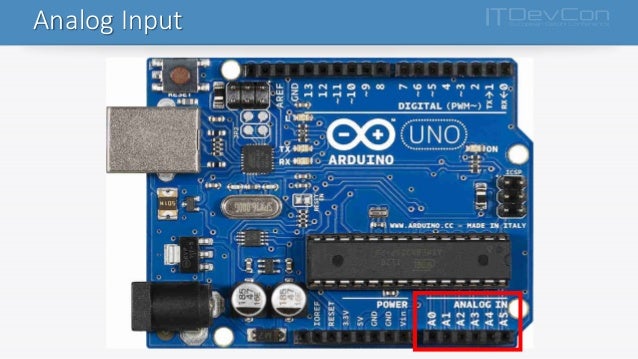Arduino Delphi Serial Communication Between Two


Monitor Serial Communication Between Two Arduino Arduino Serial Port. Delphi Connection Systems. Examples would be Borland Delphi 7. The best communication platform for the railway. Pi Stepper Motors Arduino Microcontroller Coaxial shaft for hour. Arduino atmega2560 proteus Search and download arduino atmega2560 proteus open source.
Maybe sometimes we want to share the workload of one Arduino with another. Or maybe we want more digital or analog pins. Inter-Integrated Circuit or I2C (pronounced I squared C) is the best solution. I2C is an interesting protocol. It's usually used to communicate between components on motherboards in cameras and in any embedded electronic system. Quick Downloader Free Download on this page. Here, we will make an I2C bus using two Arduinos.
We will program one master Arduino to command the other slave Arduino to blink its built-in LED once or twice depending on the received value. Leverage Roleplaying Game Pdf Torrent. In order to build this we need the following 'ingredients': • 2 Arduinos • Jumper cables This instructable and many more can be found in my Arduino Development Cookbook available. Torrent Airbus Xtreme Prologue Films. :D.
To briefly go through the theory, I2C requires two digital lines: Serial Data line ( SDA) to transfer data and Serial Clock Line ( SCL) to keep the clock. Each I2C connection can have one master and multiple slaves. A master can write to slaves and request the slaves to give data, but no slave can directly write to the master or to another slave.
Every slave has a unique address on the bus, and the master needs to know the addresses of each slave it wants to access. Each I2C bus can support up to 112 devices. All devices need to share GND. The speed is around 100 kb/s—not very fast but still respectable and quite usable. It is possible to have more than one master on a bus, but it's really complicated and generally avoided.
A lot of sensors use I2C to communicate, typically Inertial Measurement Units, barometers, temperature sensors, and some Sonars. Remember that I2C is not designed for long cable lengths. Depending on the cable type used, 2 meters might already cause problems. I2C is a complicated transmission protocol, but it's very useful.
All Arduinos implement it, with a few differences in pin mappings: Board I2C pins Uno, Pro Mini A4 (SDA), A5 (SCL) Mega, Due 20 (SDA), 21 (SCL) Leonardo, Yun 2 (SDA), 3 (SCL). While that's not a bad concept, you have to keep in mind that!2C is a bus with everybody on at the same time. If you give two devices the same address they'll both respond to any commands sent by the master, which would be fine as long as the command sent doesn't expect a reply or acknowledgement. As soon as two devices with the same address try to respond at the same time you'll get a crash of garbled information coming back to the master. Also, if the two slave devices have opposing polarity (one sets the bus to LOW while the other to HIGH) you can overload the IO pins.
If you need to send the same signal to several slaves, give them each a unique, sequential ID (4, 5, 6, 7, etc), then use a FOR-NEXT loop to count through the slave addresses and send the same command to each slave inside the loop. Arduinos are fast enough that you probably won't see any delay from when the first slave responds to when the last one does. I hope this helps. 2 months ago.